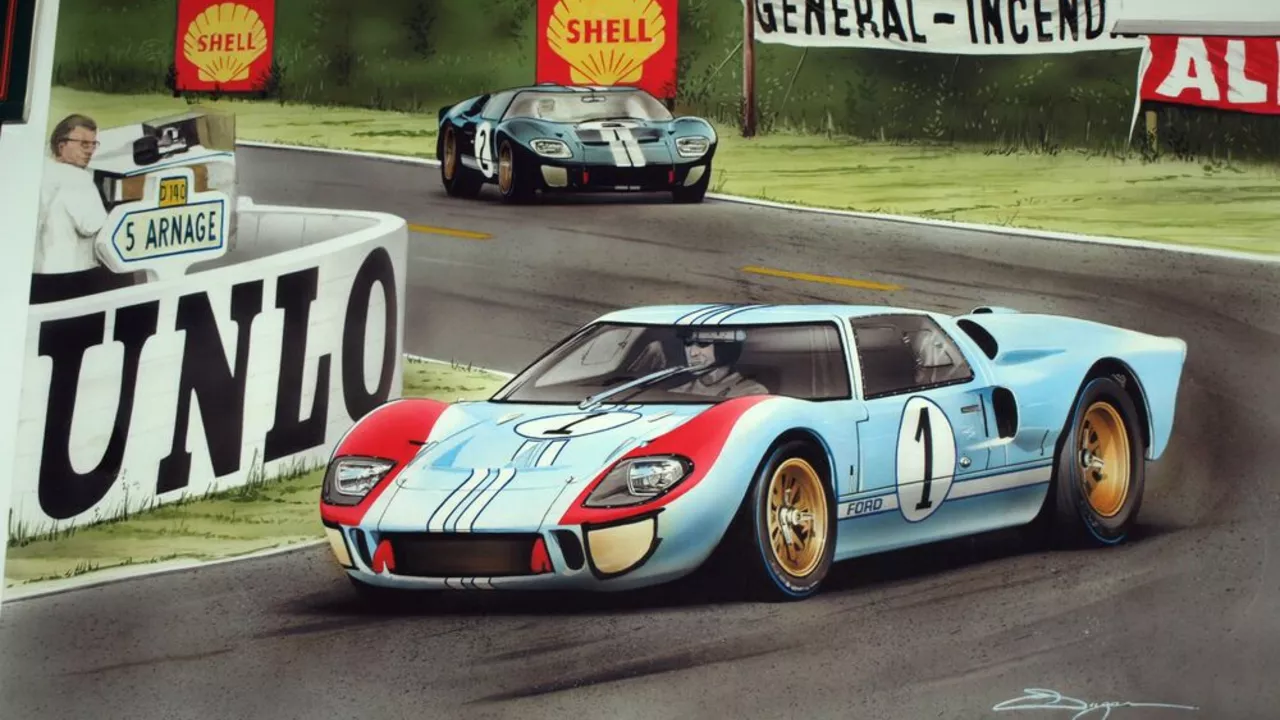Despite his remarkable talent and contribution to the world of racing, Ken Miles did not win Le Mans in real life. Even though he crossed the finish line first in the 1966 Le Mans, he was not declared the winner due to a technicality. Miles was leading the race, but Ford made a decision to arrange a tie between the three leading Ford cars, which played against Miles. The victory was given to Bruce McLaren, who technically started from behind Miles, hence covering a slightly longer distance. This controversial decision denied Miles the recognition he deserved.
Motorsport History – What Makes It Tick?
If you love the roar of engines and the feel of adrenaline, you’re probably curious about how racing got to where it is today. Motorsport history isn’t just a list of winners; it’s a collection of moments that changed the sport forever. From early road races in the 1900s to today’s ultra‑tech championships, each era brings its own drama, tech, and heroes.
Knowing the backstory helps you enjoy the present more. You’ll spot why certain car designs matter, why a driver’s nickname sticks, and why fans still argue about old races. That’s why this page gathers the best stories, facts, and insights from the past.
Ken Miles and the 1966 Le Mans Drama
One of the most talked‑about moments is the 1966 Le Mans finish involving Ken Miles. Miles was a superb driver for Ford, and his skill helped the company challenge Ferrari’s dominance. On race day, Miles and his co‑driver crossed the line first. But the win didn’t go to them.
Ford decided to stage a photo‑finish that included three of its cars side by side. By doing that, they turned the race into a tie, even though Miles had actually covered a slightly shorter distance. The officials declared Bruce McLaren the winner because his car started farther back, giving him a tiny edge in the calculated distance.
This decision sparked outrage. Fans felt Miles was robbed of a well‑earned victory. The story lives on in books, movies, and endless online debates. It shows how corporate decisions can shape racing history, for better or worse.
Why Historic Races Still Inspire Today
Historic races teach us more than just who won. They reveal how technology evolves, how strategies shift, and how the human spirit pushes limits. When you watch a 1960s race, you see raw skill without the electronic aids that modern drivers rely on. That rawness is part of the appeal.
Today’s engineers still study old cars to understand aerodynamic breakthroughs. Drivers look at past tactics to sharpen their own racecraft. And fans enjoy the romance of “what if” scenarios—like what would have happened if Miles had been officially crowned champion.
Keeping these stories alive means the sport stays rich and exciting. It also gives new fans a shortcut to the culture they’re joining. So whether you’re scrolling through old photos or reading a detailed race report, you’re part of the same conversation that has been going on for over a century.
Ready to dig deeper? Browse the posts below, share your thoughts, and see how each piece of history fits into the bigger racing puzzle. The past isn’t just old news—it’s the engine that powers today’s passion.
